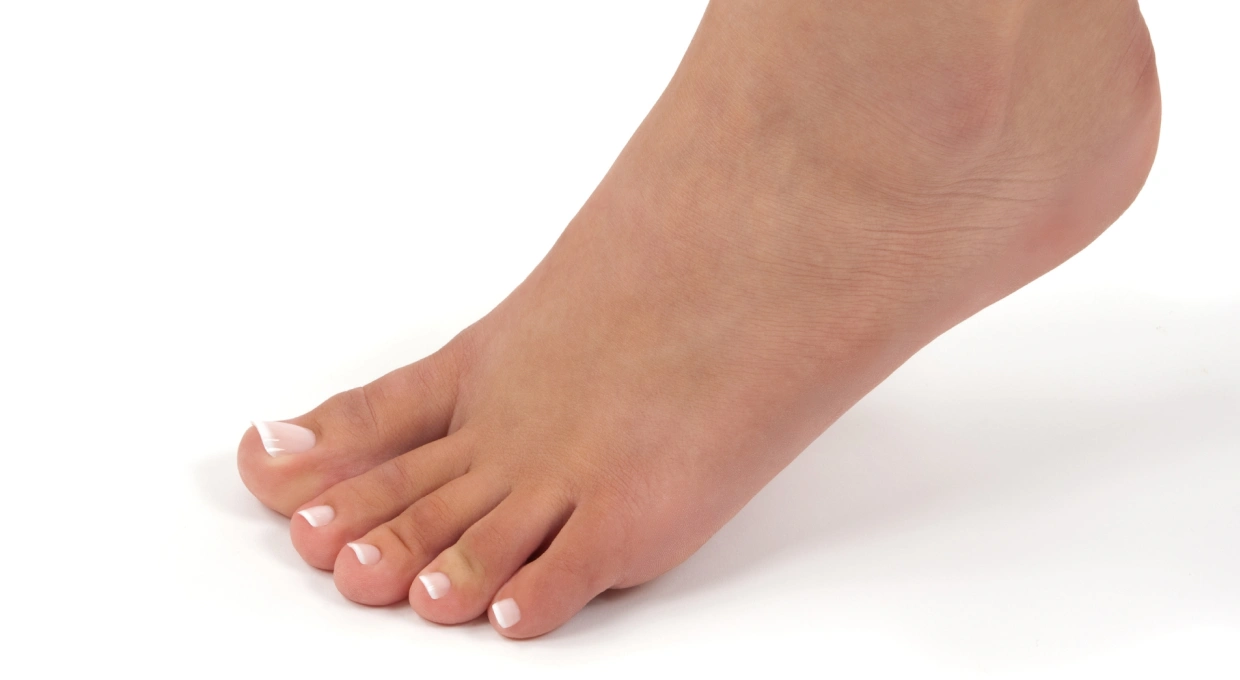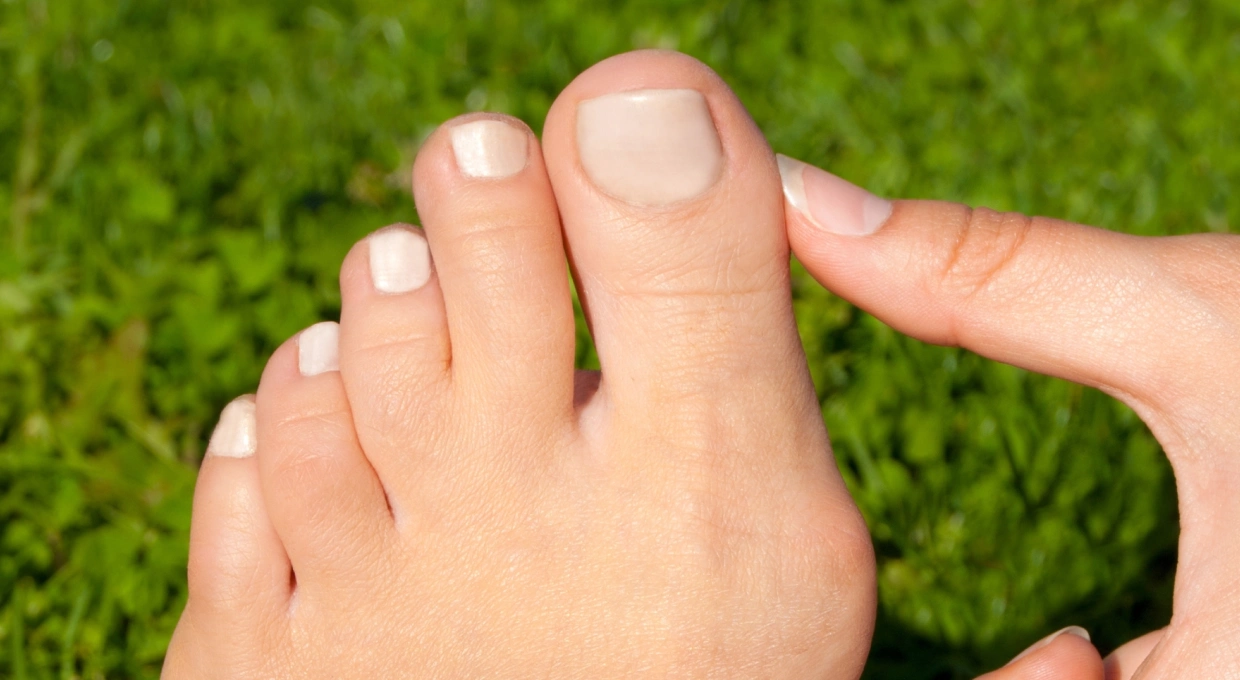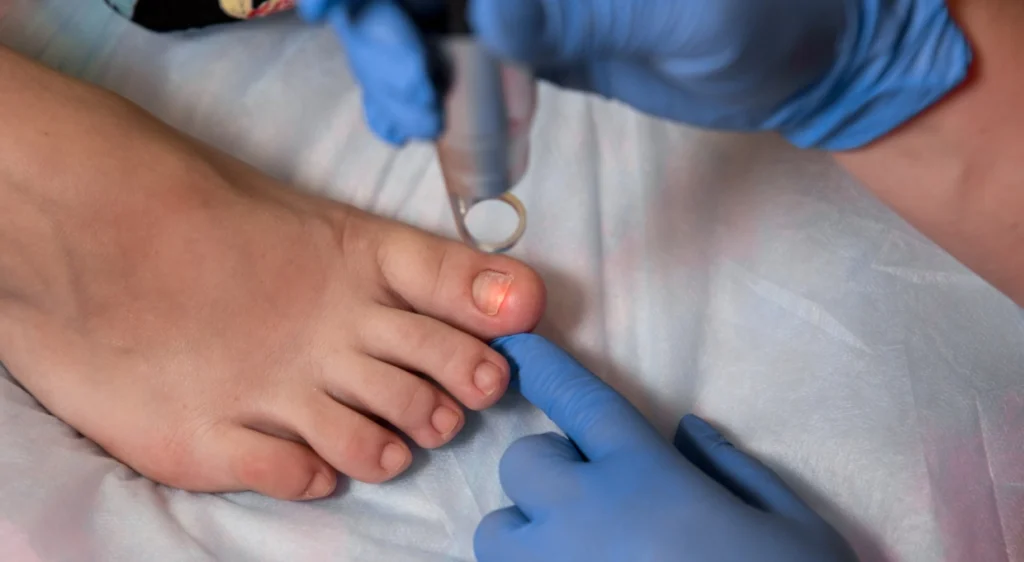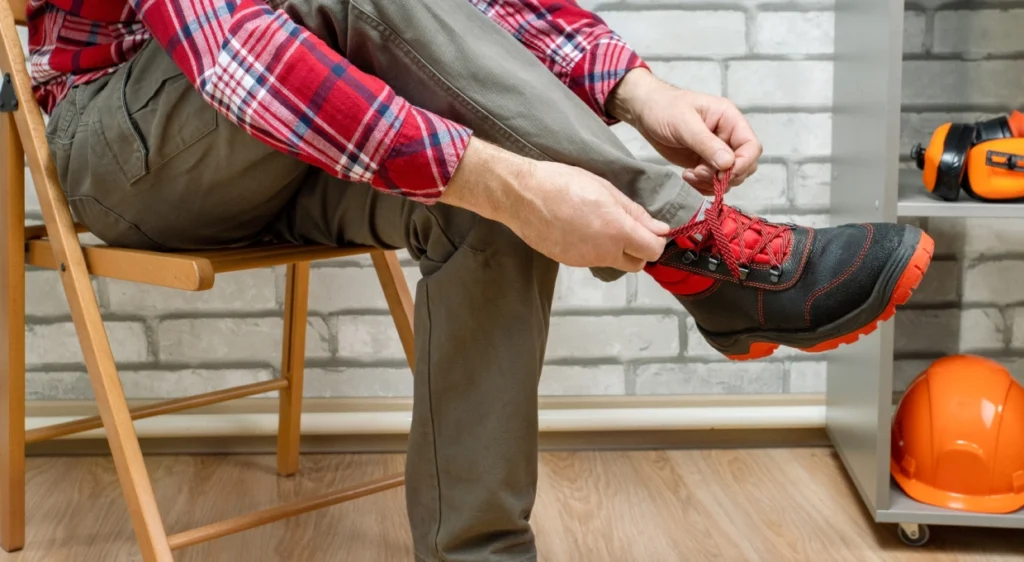Bunions, also known as “hallux valgus,” are a common foot deformity that affects millions of people worldwide. Often misunderstood, there are numerous myths and legends about its cause and treatment. In this article, we will demystify some of these misconceptions and provide information based on scientific evidence to help you better understand this condition.
What is a bunion?
A bunion is a bony protrusion that forms at the base of the big toe. This occurs when the big toe bone deviates toward the other toes, creating a protrusion on the side of the foot. This condition can cause pain, swelling and difficulty walking.
Myths and facts about bunions

Myth: bunions only affect women
Fact: Although it is true that bunions are more common in women, they also affect men. The difference in prevalence is due in part to factors such as the use of tight-fitting, high-heeled shoes, which is more common in women.
Myth: Bunions are caused by wearing tight shoes.
Fact: Tight-fitting shoes can aggravate bunions, but are not the primary cause. Bunions have a genetic basis and can develop due to inherited foot structure. Improper footwear can accelerate the process in predisposed individuals.
Myth: Only older people develop bunions.
Fact: Although bunions are more common in older adults, they can develop at any age. Adolescents can also experience bunions, especially if they have a genetic predisposition.
Myth: Bunions always require surgery.
Fact: Not all cases of bunions require surgical intervention. In early stages, bunions can be managed with changes in footwear, orthotics and physical therapy. Surgery is an option when pain is severe and affects quality of life.
Minimally invasive surgery in Clínica San Román: the best option
Clínica San Román in Alicante is a pioneer in minimally invasive surgery for the treatment of bunions. This method offers multiple advantages compared to traditional techniques:
- Shorter recovery time: Minimally invasive surgery allows for faster recovery, with less downtime. Patients can resume their daily activities much sooner than with conventional surgery.
- Less pain and scarring: This technique involves smaller incisions, resulting in less postoperative pain and minimal scarring. This improves the patient’s experience and satisfaction with the cosmetic results.
- High precision and lasting results: Using advanced technology, the surgeons at Clínica San Román can correct the deformity with high precision, ensuring effective and lasting results.
- Reduced complications: As a less invasive procedure, the risk of infections and other complications is significantly reduced.
Causes of bunions
- Genetics: The structure of the foot that predisposes to bunions is inherited.
- Medical conditions: Diseases such as arthritis can contribute to the development of bunions.
- Footwear: Narrow, high-heeled shoes may aggravate the condition in predisposed individuals.
Treatments and prevention
- Changes in footwear: Wearing shoes with enough room for the toes and soft soles can relieve pain and prevent bunions from worsening.
- Orthotics: Custom orthotic devices can help realign the foot and reduce pain.
- Medications: Anti-inflammatory and analgesics can relieve pain and inflammation.
- Physical therapy: Specific exercises can strengthen the foot muscles and improve alignment.
- Surgery: Clínica San Román’s minimally invasive surgery is a superior option when conservative methods do not relieve pain. There are several types of surgical procedures that can realign bones and relieve pain.

Tips for patients
- Consultation with a specialist: It is always important to seek the advice of a podiatrist or orthopedic surgeon to evaluate the best treatment option.
- Daily foot care: Maintaining good foot hygiene, wearing appropriate footwear and performing recommended exercises can prevent complications.
- Be informed: Understanding the condition and associated myths can help in making informed treatment decisions.
Conclusion
Bunions are a common condition that can be managed in a variety of ways. Demystifying the misconceptions about bunions is crucial for proper and effective treatment. Clínica San Román offers an advanced solution with its minimally invasive surgery technique, providing patients with a faster and less painful recovery. If you experience symptoms of bunions, it is advisable to consult a specialist for an accurate diagnosis and a personalized treatment plan. Prevention and early management can significantly improve the quality of life for those suffering from this condition.


